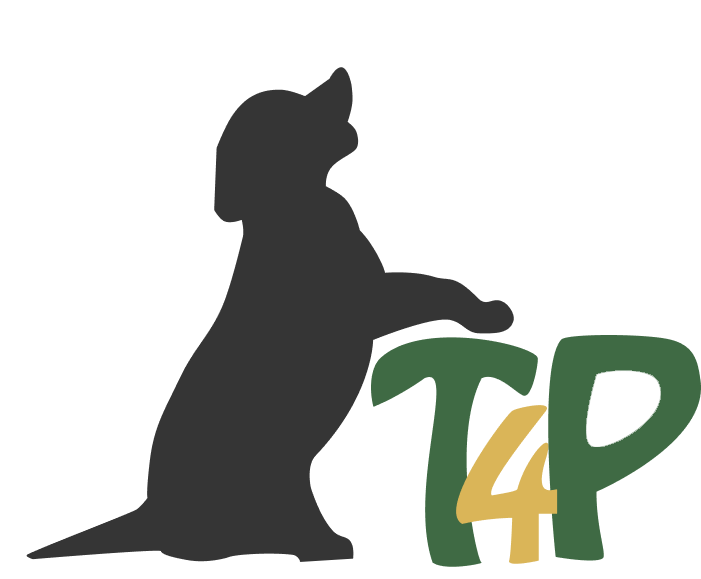The Double Recall - Because two are better than one!
What works even better than a simple recall? - The Double Recall!
Your dog’s recall works pretty well when you are out and about, but when he comes across a really strong distraction, like a rabbit or deer, he just switches off and chases after it? Teach your dog a very special recall that gives him the support that he needs to fly back to you even past the strongest distractions!
Sometimes its just small changes of perspective that make life easier.
Here is part 1: Working on Separation Anxiety the other way round , a wonderful Life Hack for Dogs, that is taught by Claire Staines, my colleague and mentor from Lothlorien Dog Services in Scotland.
Joint forces for a more reliable recall
The Double Callback is a combination of Leslie Nelson’s “Really Reliable Recall” and Patricia McConnell’s finding, that short, high and repetitivesounds catch the dog’s attention particularly well. Leslie Nelson’s analysis, that a recall is actually a chain of two fundamentally different behaviors is a gamechanger. The key to success is to give the very first behavior of the chain an extremely strong reinforcement history: the dog’s reorientation away from the trigger.
Patricias McConnell has examined in her PhD thesis”Acoustic structure and receiver response in mammalian signal systems”to which acoustic signals mammals react particularly well. She has found out that traditional animal trainers, such as shepherds, around the world and across all languages use short, rapidly repeated rising notes to speed up their animals and longer, continuous descending notes to slow them down.
The German biologist, dog trainer and behavior therapist Dr. Ute Blaschke-Berthold put these two ideas together and developed the Double Recall.
The Double Recall therefore consists of these two individual parts: the Reorientation Cue, an extremely thoroughly conditioned positive interrupter and the so-called Anchor Cue.
Double Recall using a whistle.
…the timing is bad! Nanook is already there and I still keep on whisteling. Nanook says: “Well, do I get a biscuit now nor not?” 🙂
Part 1: The Reorientation Cue
The Reorientation Cue is a positive interrupter. It aims for your dog to turn his attention back to you and turn to you. He doesn’t have to come all the way back.
Choosing the cue
A whistle is best, as your dog can hear it outside at a great distance. In addition, a word cue such as “Here!” or “look my way” can be introduced.
The Protocol
Give your dog the cue when he is close to you. When he turns to you, there will be a reward immediately. Repeat this five times. After a short break repeat again.
Proofing
Throw a treat on the floor and give the Reorientation Cue while your dog is still chewing. As soon as he looks at you, give him the next treat.
The Reorientation Cue is one of the most important cues and has to be recharged like a battery from time to time and to be reinforced under various distractions and in different situations with a high value reward.
The Reward
Anything the dog likes is great as a reward. This is not just food (thrown, scattered, rolled, from your hand) or a toy (tugging, throwing, hiding), but anything in the dog’s environment, which arouses his interest (mouse hole, dead hedgehog, dog pee, watching a bird etc.).
Part 2: The Anchor Cue
The Anchor Cue is given after the Reorientation Cue and it helps you to retrieve your dog past all distractions back to you.
Choosing the cue
The anchor is repeated until your dog is back by your side. Short consecutive whistles or short words that can be repeated quickly, such as “go, go, go” or “yep, yep, yep” work bestThe Protocol
Throw a treat away from you so that your dog can run after it and eat it. When he turns around to you, give your Reorientation Cue. While your dog is running towards you, give him your Anchor Cue until he is by your side. Then throw the next treat in the opposite direction and repeat the game.
Proofing
If your dog runs back to you spontaneously, take it as a freebie, capture the behavior and match it with the Anchor Cue.
Make sure that your dog runs in a fast pace. The faster he runs back to you while you teach him the Anchor Cue, the faster the Double Recall will work later. Anchor in the dog’s running rhythm, so you can accelerate him later by anchoring faster.
The Reward
The Anchor Cue constantly reminds your dog of what he really wanted to do and encourages him to run past even the most tempting distractions.
For the anchor to function reliably, the rewards must be creative, high-value and varied.
Nanook doing the Double Recall on verbal cue.
What’s important?
The 10:1 Rule
For each time the Double Recall has a negative consequence for your dog (Leash on, end of the game with the dog buddy, recall from delicious cat poop), you should recall your dog 10 times for something great to happen!
Watch your body language
Even a threatening body language or a frustrated tone of voice might put your dog off. Avoid standing head-on to the dog or leaning forward. Both signals your dog to stay away from you. Turn slightly sideways, squat down or walk a few steps backwards and talk to your dog in a friendly tone.
Hunting is your dog’s favorite hobby? Instead of spoiling the fun by, go hunting together! Find out how to do Cooperative Hunting.
